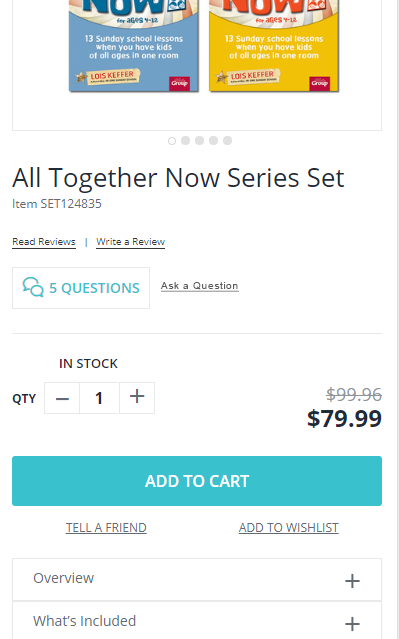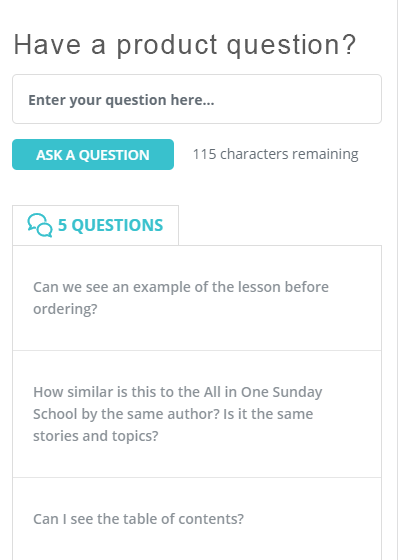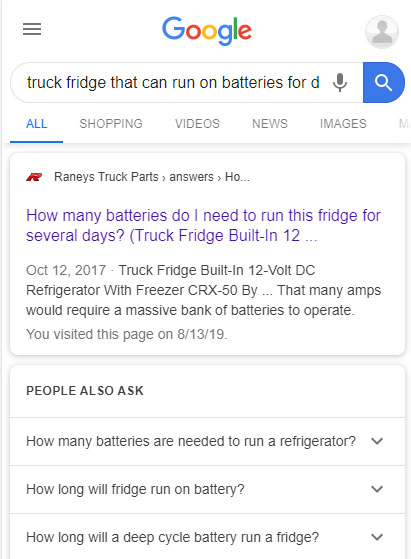The return rates of ecommerce stores are a huge problem, with up to 30% of products being returned that were ordered from ecommerce merchants….compared to the 8-10% that a traditional brick and mortar store would experience. This is an expensive problem, and it needs to tackled.
There are many posts covering the importance of having a clear and competitive return policy…and you should…but in this post we won’t be focusing on the ease of making sure the customers can return products, let’s explore what you can do to reduce the likeliness of a customer returning the product in the first place….so you don’t have to put that return policy in action.
The solution?
It comes down to the customer being able to fully explore and understand the product they’re getting before they order….and making sure that is done as efficiently as possible. We looked to focus on the the things that are within merchant’s control to change, and ran into the following stats:
- 64.2% of ecommerce returns are due to items do not matching the product descriptions or expectations (see report).
- Given the above stat, its no surprise that 88% of shoppers characterize detailed product content as being extremely important to their purchasing decision (see report).
It comes down to providing product information clearly and concisely….within the bounds of an ecommerce store…in the most accessible manner. Ensuring that all the product information that a customer wants pre-sale is both available and easily accessible, if done well, will decrease your return rates but also reduce cart abandonment and optimize ecommerce conversion rates. Let’s explore how this is done most effectively.


Reducing ecommerce return rates by providing clear product information
You’ll want to focus on the foundation first of course, ensure that you have the following:
- Product Images: Great product images that accurately display all colors, angles, etc….to give them as much of an “in store” viewing experience as possible.
- Product Descriptions: Well written and easy to read product descriptions, giving them a clear summary of what they’re getting and what they can expect.
If you have the above items covered, for some products and audiences it may do the job….but for others that won’t cut it and you can’t stop there. You can’t stop because some people simply aren’t interested in reading through lengthy product description or product specs to find the information about that specific product they’re looking for…which will qualify the purchase. You need to give them an easier route to that information.
Have you ever considered why there is a “Have a question?” call to action on Amazon, ABOVE their product description and all their other product information?
Answer: To ensure the customer who is looking at the product can find the product information that will either (1) seal the deal and convert them to a sale or (2) help them understand that the product isn’t a fit for their need and therefor save a returned ecommerce order.
The victory of seeing an order come through can quickly turn into a defeat, as you feel like you’ve been punched in the gut every time an order gets returned. There is a silver lining in helping to qualify a potential customer through letting them ask their product question and get an answer….and that is, if it is a disqualifying answer then you have the opportunity to lead them to other products that you sell which can help fulfill those needs. Your whole ecommerce site should be built to engage your audience…quickly qualify them to add relevant products that actually solve their need…and then convert them. If you do this well, you’ll increase your overall conversions and reduce your product returns.
Answerbase sees that up to 75% of the product questions asked through a product page convert to a sale, not only purchasing the product they asked about but other products as well. That’s a huge amount of customers with full shopping carts, easily getting the information that qualifies they found the right product to satisfy their need…and converting into a paying customer.
If you don’t provide this information clearly and accessibly through your site, you’ll both increase your return rates while also seeing customers bounce from your site to find the information they’re looking for elsewhere. Most of the time they go to Google…ask their questions there…and find the right products to fulfill that need.
There’s also an additional benefit above and beyond just you reducing your product return rates. What happens to those customers searching on Google, having abandoned a different ecommerce store in order to ask their product questions? You can be the store that has that information, and they can find your products that do fulfill their needs and convert. Let’s explore how the back end of that works….
Acquiring qualified customers from organic search traffic
When customers ask questions about products that really get to the root of what they are looking for, and what problem the product is solving for….where do they go? They go to Google.
Customers turn to Google to answer product related questions and the sites providing detailed answers and instructions on which products solve for those needs are the ones who see that traffic coming through and have the ability to convert those sales. These are highly qualified leads right out of the gate, and therefor the likeliness of them returning the products to you are much less than you’d get on average.
How do those qualified customers get to your site? All questions about your products should create a new landing page for every popular Q&A thread and quality response, optimized for search engines in a way that Google will gobble up and display in their results. Those results lead customers, who ready to purchase and better qualified to be satisfied by the product, to your store and purchase from you.
See this example to the right, where an Answerbase customer has the two organic placement as customers search for product information on Google. This simple way of getting those users who abandoned another cart (or customers in general) to your store, simply by answering your current customer’s questions, leads to year over year organic traffic growth to your site.
We pointed to the value of those customers being better than average, so let’s dig in there. Answerbase sees that customers coming from organic traffic to Q&A content have an average lifetime value (LTV) up to 2x higher than those coming from Google as a whole. This attracts more valuable customers to your store who are already qualified as the “good” kind of customres, that purchase and keep the products they order, simply by ensuring that your customer’s product information needs are met.

Landing the plane on reducing ecommerce return rates
We hope that this post has been informative and helpful to decrease ecommerce return rates. Of course, as a provider of ecommerce Q&A software we’d love to be the ones to power this activity on your site….so we’d encourage you to View Details about Answerbase Ecommerce Product Q&A Here…..or feel free to contact us for a demo or start a free trial to see how your customers engage in creating valuable Q&A content for your site. They ask, you answer, Answerbase does the rest:)
Hope everything else is well with you and your business and let us know if there is anything else we can do for you.

We fired up Answerbase Q&A on our product pages and it's been amazing for increasing sales.
Start your 30 day free trial today!
Integrates seamlessly with your ecommerce platform

Bigcommerce

Shopify

Volusion

Woocommerce

Miva

Prestashop

Magento

and more...

Answerbase has doubled the overall traffic to our ecommerce site, and increased our organic search traffic by four times!
